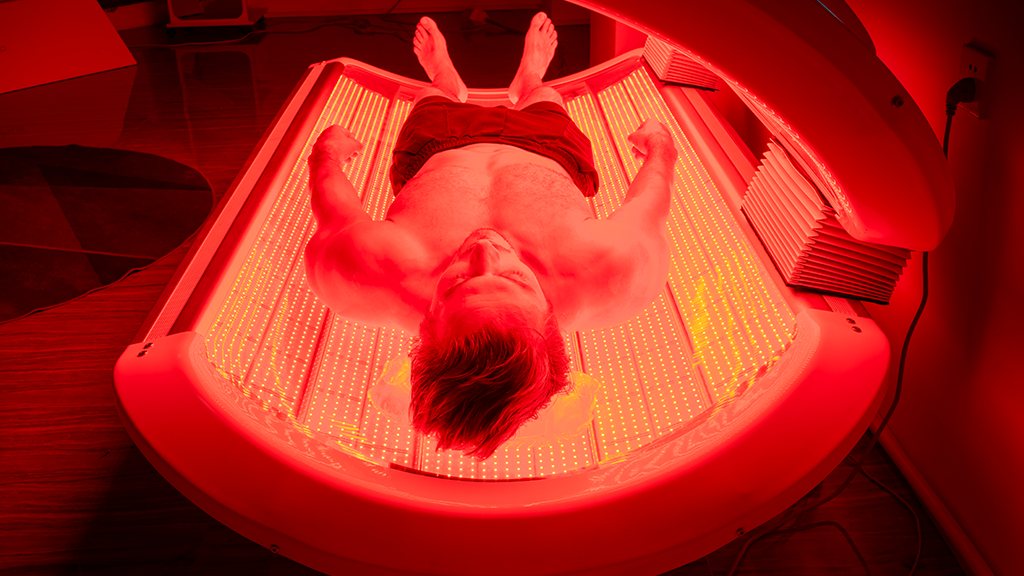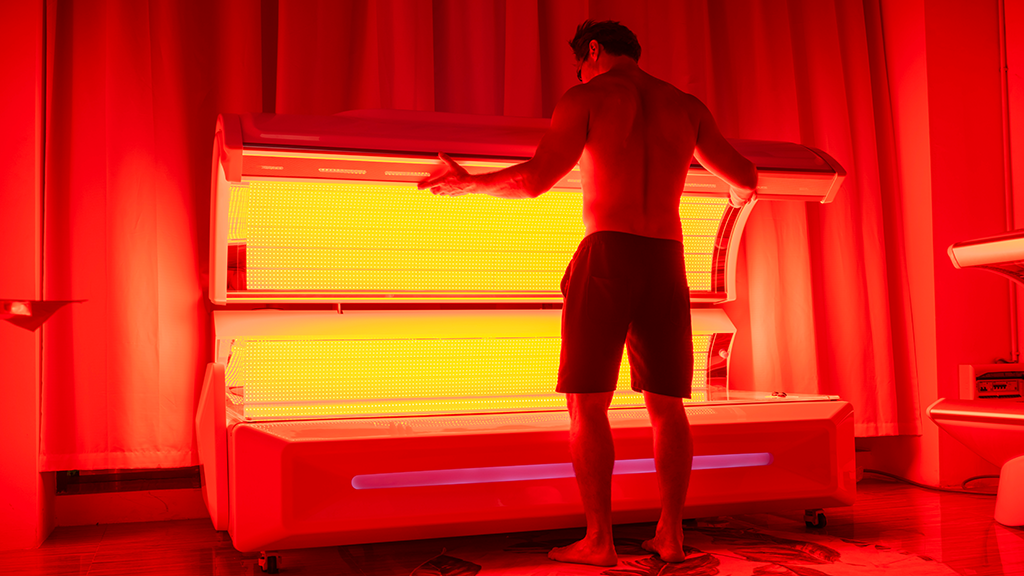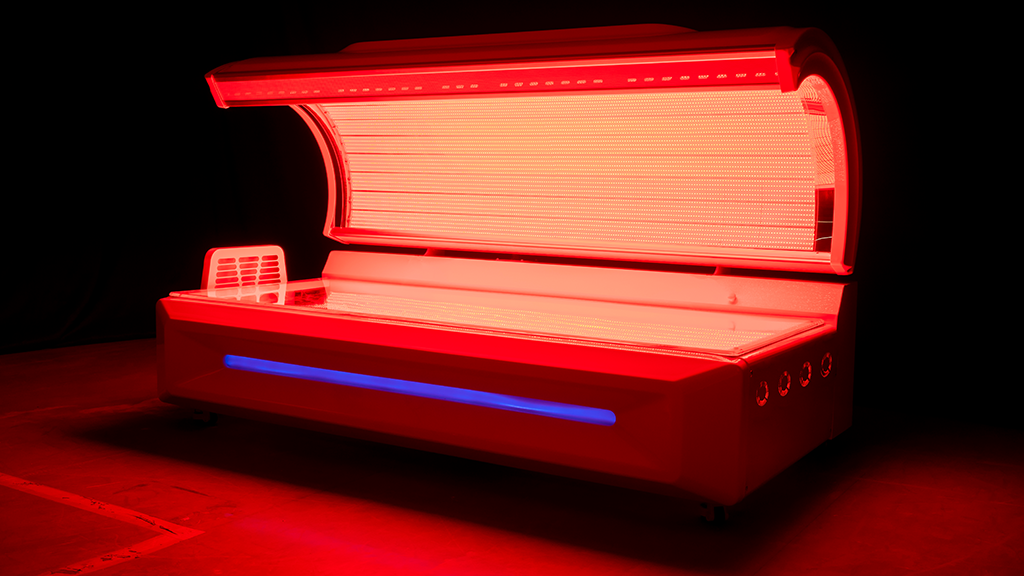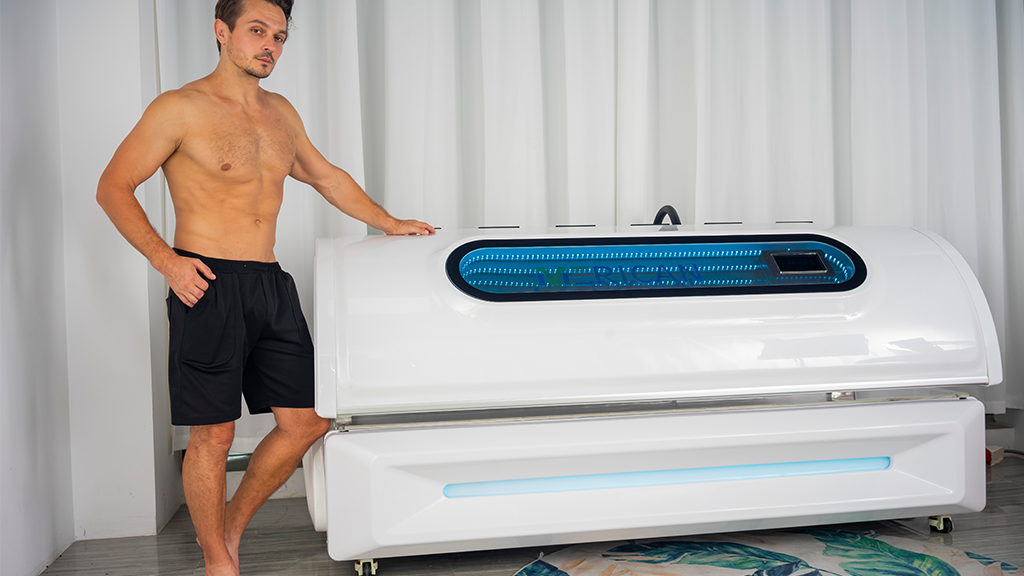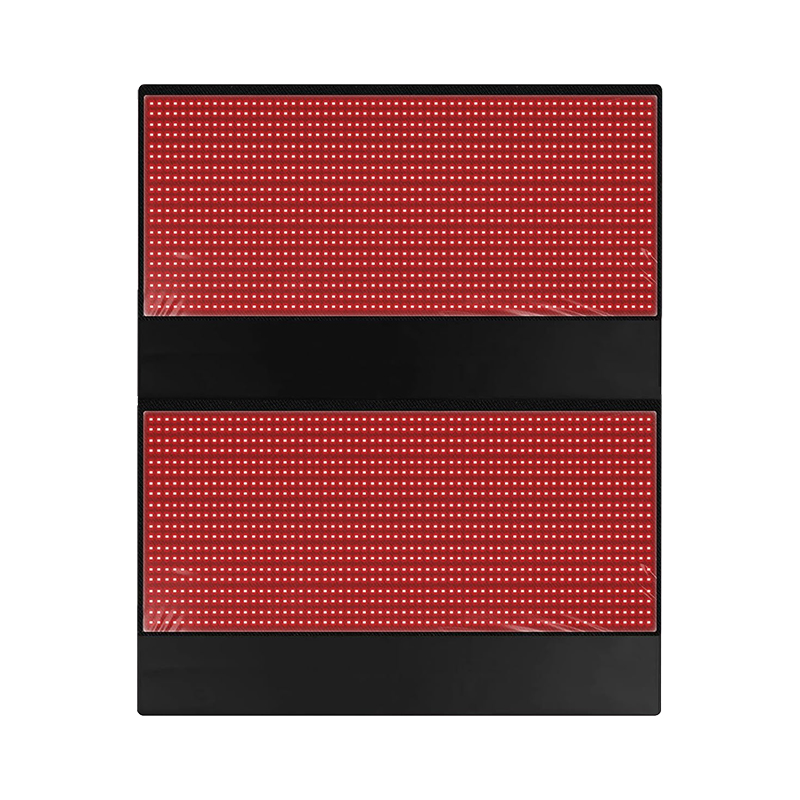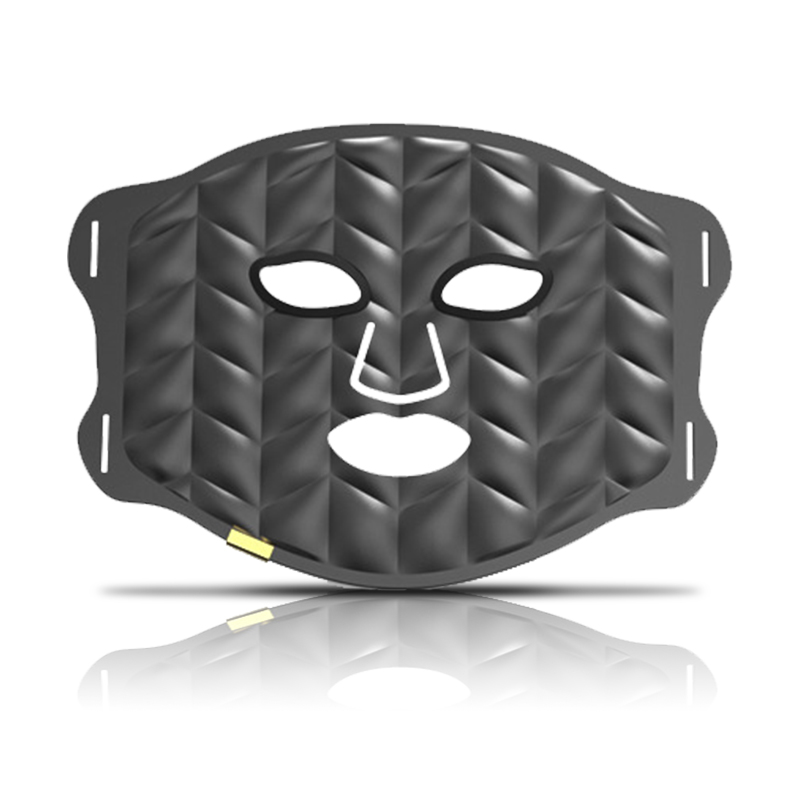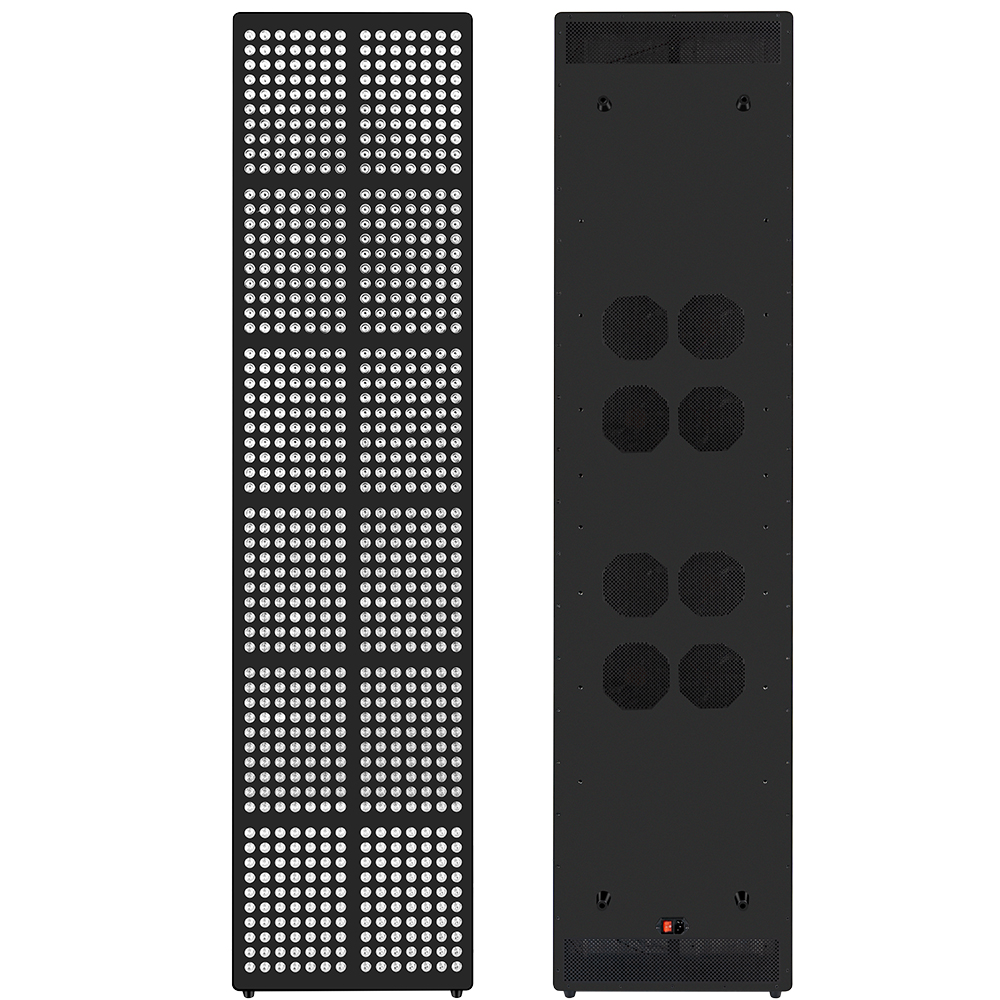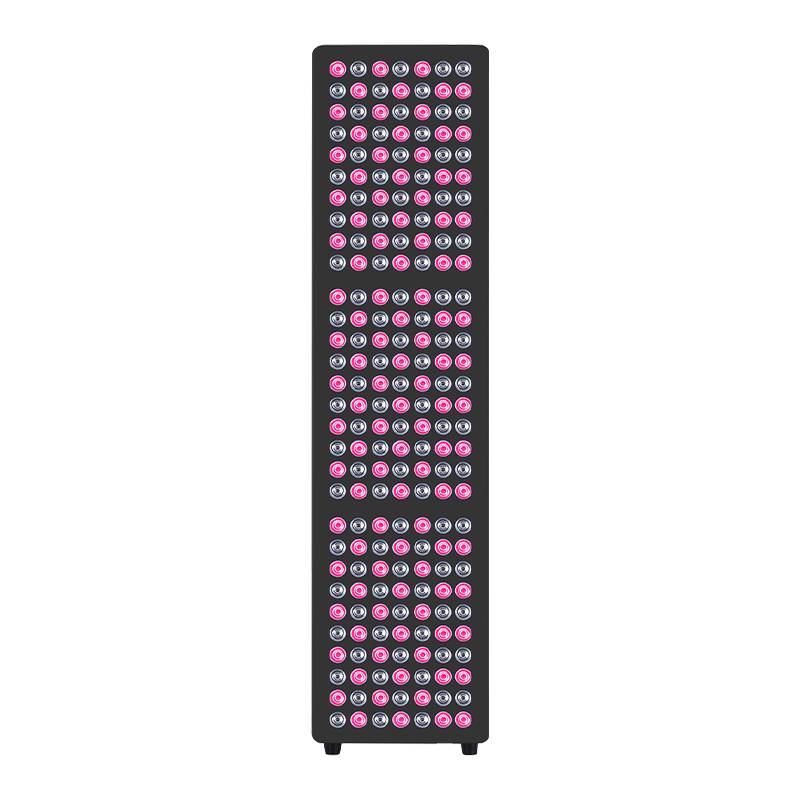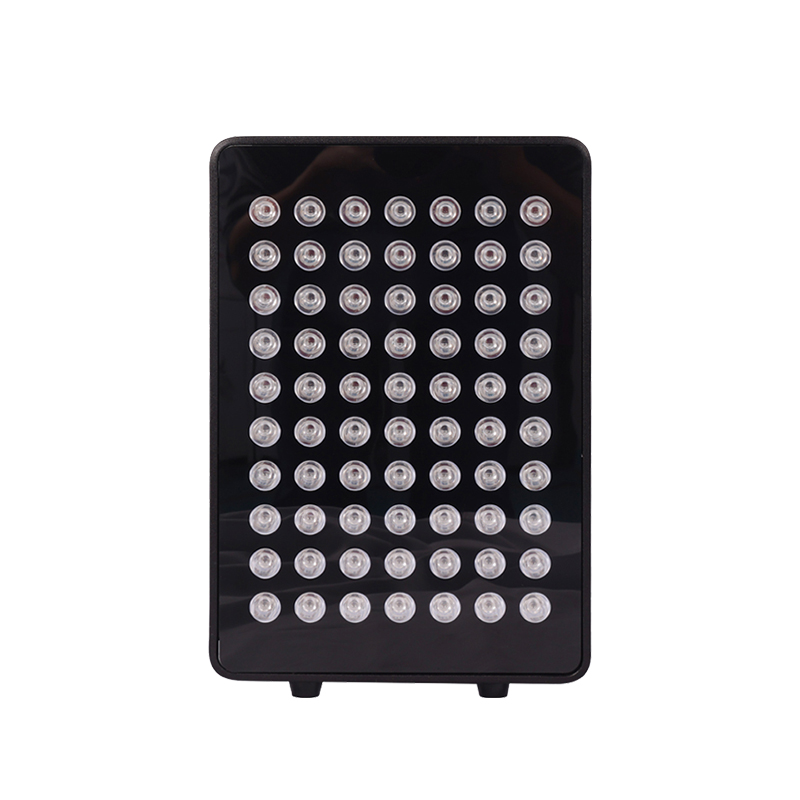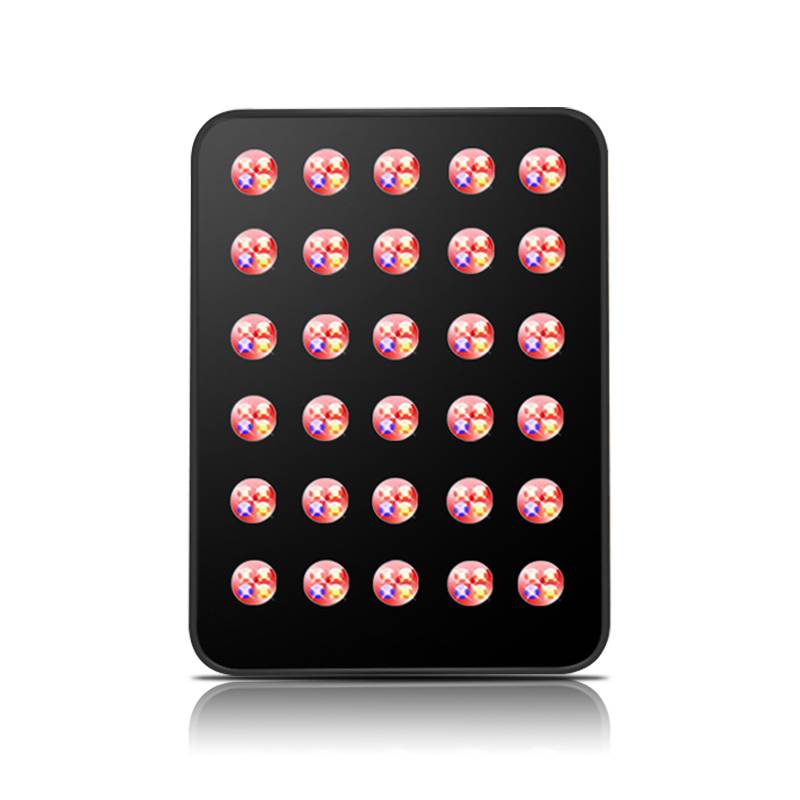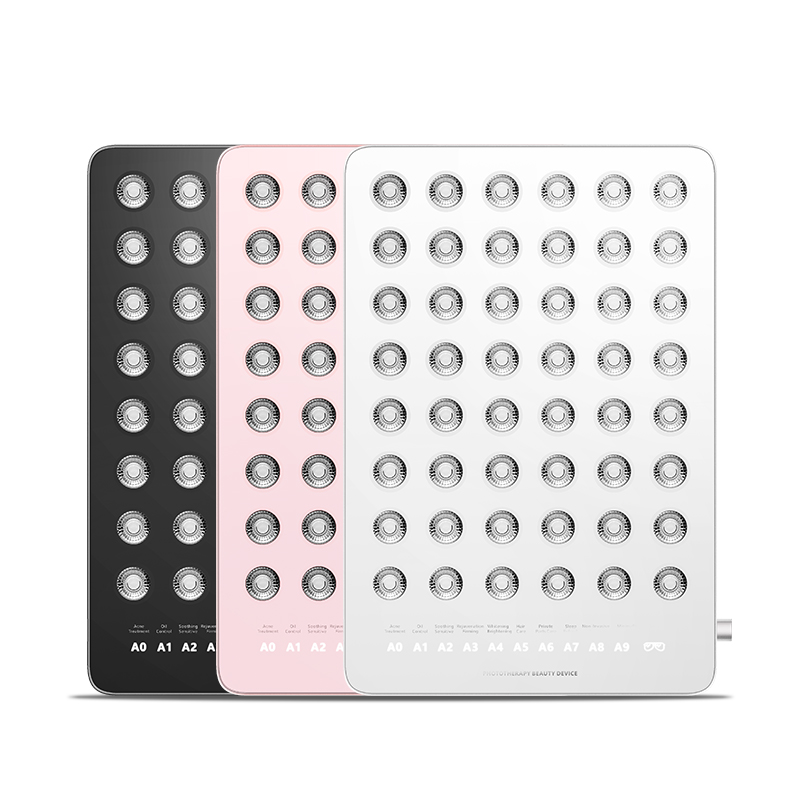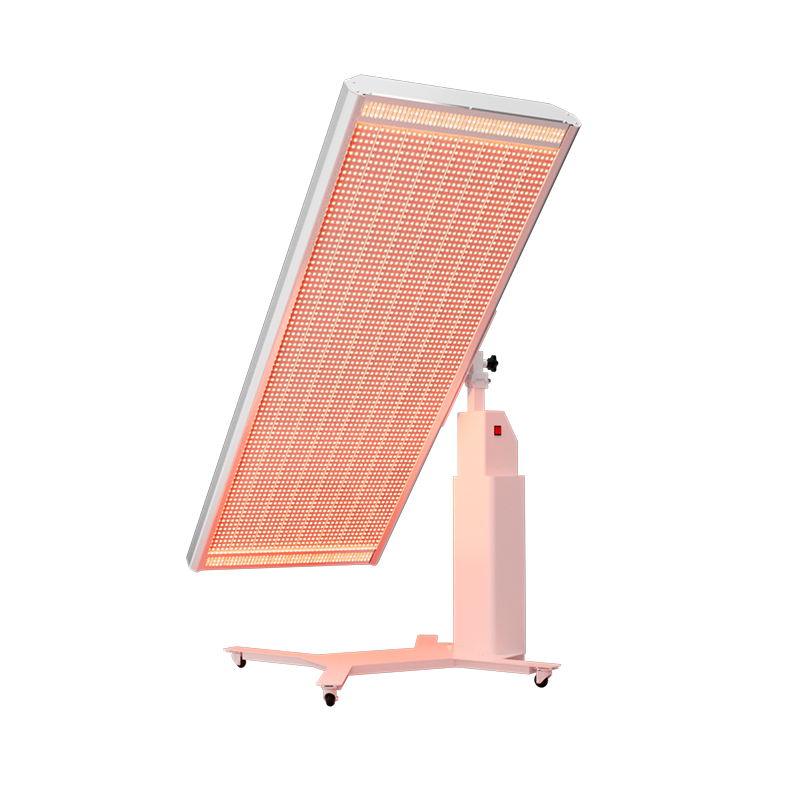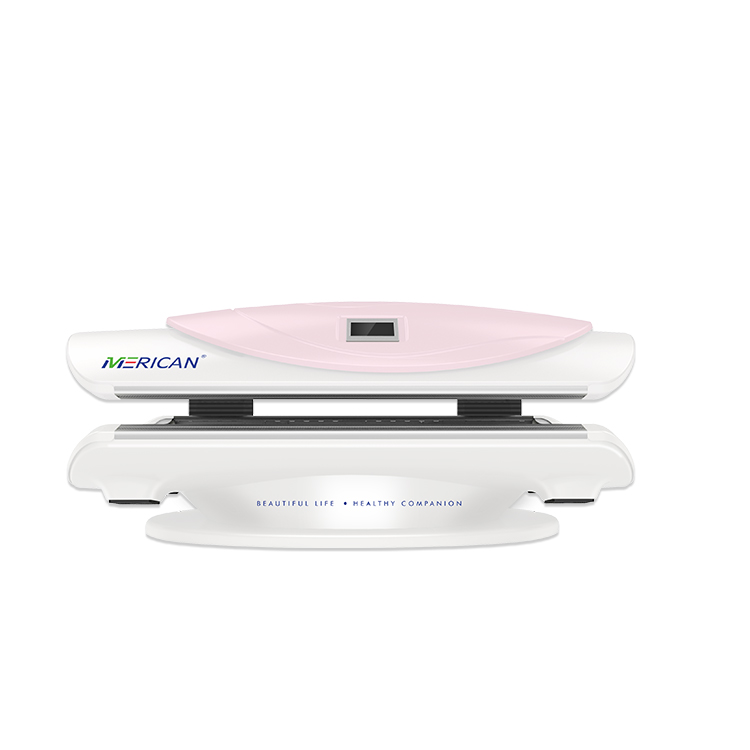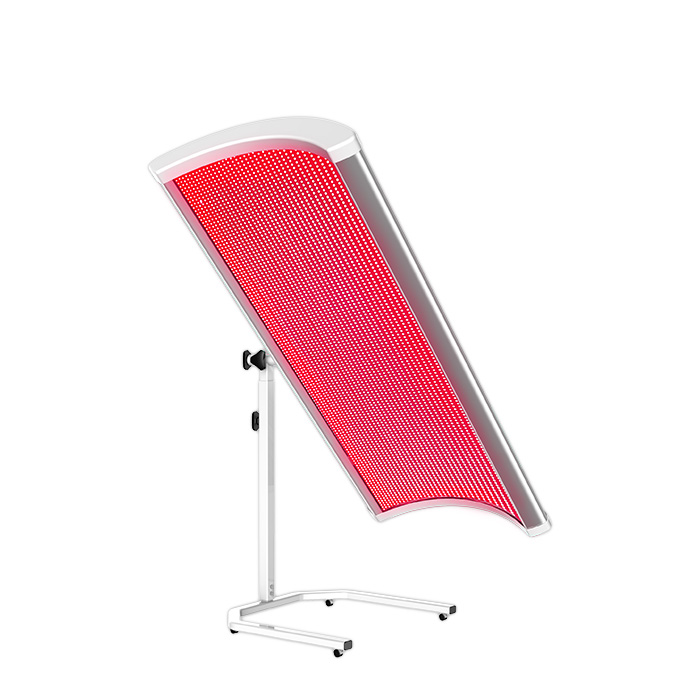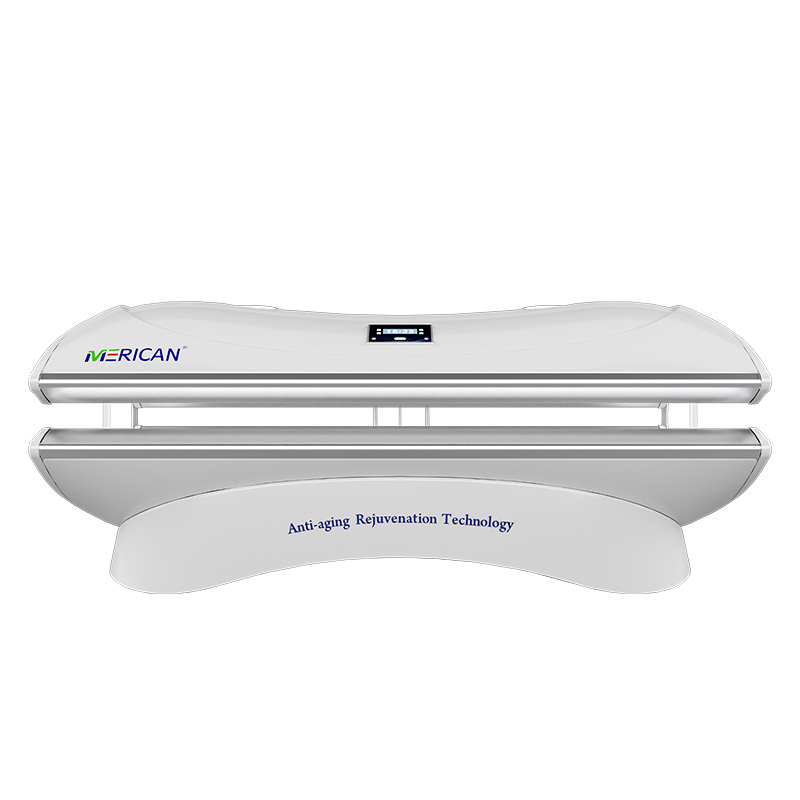रेड लाइट थेरेपी और यूवी टैनिंग आपकी त्वचा के लिए अलग-अलग लाभ और जोखिम पेश करते हैं. रेड लाइट थेरेपी उपचार को बढ़ावा देने और त्वचा के स्वास्थ्य में सुधार के लिए गैर-यूवी तरंग दैर्ध्य का उपयोग करती है, जबकि यूवी टैनिंग टैन प्रदान करती है लेकिन इससे त्वचा को नुकसान हो सकता है और कैंसर का खतरा बढ़ सकता है. यह समझना चाहते हैं कि ये उपचार किस प्रकार भिन्न हैं और उनका आपकी त्वचा पर क्या प्रभाव पड़ता है? विवरण जानने के लिए पढ़ना जारी रखें!

परिभाषा
रेड लाइट थेरेपी क्या है??
रेड लाइट थेरेपी गैर-यूवी प्रकाश तरंग दैर्ध्य की एक विशिष्ट श्रृंखला का उपयोग करती है, आम तौर पर बीच में 600 और 900 एनएम, त्वचा में प्रवेश करने और शरीर की प्राकृतिक उपचार प्रक्रियाओं को उत्तेजित करने के लिए.
लाल बत्ती रक्त प्रवाह को बढ़ाने में मदद करती है, कोलेजन उत्पादन, और सेल टर्नओवर, जिससे त्वचा की बनावट में सुधार होता है, सुर, और समग्र स्वास्थ्य.
रेड लाइट थेरेपी को एक सुरक्षित और गैर-आक्रामक उपचार माना जाता है जो त्वचा को नुकसान नहीं पहुंचाता है, और इसका उपयोग अक्सर महीन रेखाओं की उपस्थिति को कम करने के लिए किया जाता है, झुर्रियाँ, निशान, और मुँहासे, साथ ही घाव भरने को बढ़ावा देने और दर्द से राहत दिलाने के लिए भी.
यूवी टैनिंग क्या है?
यूवी टैनिंग में पराबैंगनी के संपर्क में आना शामिल है (यूवी) विकिरण, जो प्रकाश के अदृश्य स्पेक्ट्रम का हिस्सा है.
टैनिंग में दो मुख्य प्रकार की यूवी किरणों का उपयोग किया जाता है: यूवीए और यूवीबी.
यूवीए यह त्वचा में गहराई तक प्रवेश करता है और टैनिंग के लिए मुख्य रूप से जिम्मेदार होता है, जबकि यूवीबी जलने के लिए अधिक जिम्मेदार है और विटामिन डी के उत्पादन में भी शामिल है. पराबैंगनी विकिरण, विशेषकर यूवीबी. इससे डीएनए को नुकसान हो सकता है, जिससे त्वचा की उम्र बढ़ने लगती है और त्वचा कैंसर का खतरा बढ़ जाता है.
फ़ायदे
लाल प्रकाश चिकित्सा: इसका उपयोग विभिन्न उद्देश्यों के लिए किया जाता है, जिसमें त्वचा का कायाकल्प भी शामिल है, घाव भरने, सूजन को कम करना, और मुँहासे और सोरायसिस जैसी कुछ त्वचा स्थितियों का इलाज करना. इसका उपयोग दर्द से राहत और मांसपेशियों की रिकवरी के लिए भी किया जाता है.
यूवी टैनिंग: यूवी टैनिंग का प्राथमिक लाभ टैन का कॉस्मेटिक प्रभाव है, जो कई लोगों को सौंदर्य की दृष्टि से सुखद लगता है. यूवी एक्सपोज़र से विटामिन डी का उत्पादन भी होता है, जो हड्डियों के स्वास्थ्य और अन्य शारीरिक कार्यों के लिए आवश्यक है. तथापि, यूवी जोखिम से जुड़े जोखिम अक्सर इन लाभों से अधिक होते हैं.
जोखिम
लाल प्रकाश चिकित्सा: सही ढंग से उपयोग किए जाने पर आम तौर पर सुरक्षित माना जाता है, रेड लाइट थेरेपी से त्वचा पर लालिमा या गर्मी जैसे हल्के दुष्प्रभाव हो सकते हैं. इस बात का कोई सबूत नहीं है कि इससे त्वचा को नुकसान पहुंचता है या कैंसर होता है.
यूवी टैनिंग: यूवी टैनिंग का सबसे बड़ा खतरा त्वचा को होने वाली क्षति है, जिससे समय से पहले बुढ़ापा आने लगता है (झुर्रियाँ, चमड़े जैसी त्वचा) और त्वचा कैंसर का खतरा बढ़ जाता है, मेलेनोमा सहित. यूवी किरणों के संपर्क में आने से कॉर्निया को भी नुकसान हो सकता है और मोतियाबिंद के विकास में योगदान हो सकता है.
निष्कर्ष
जबकि रेड लाइट थेरेपी और यूवी टैनिंग दोनों के कॉस्मेटिक और चिकित्सीय लाभ हो सकते हैं, वे विभिन्न तंत्रों के माध्यम से काम करते हैं और विभिन्न जोखिम उठाते हैं. रेड लाइट थेरेपी को आम तौर पर सुरक्षित माना जाता है और इसका उपयोग यूवी जोखिम से जुड़े जोखिमों के बिना चिकित्सीय अनुप्रयोगों की एक विस्तृत श्रृंखला के लिए किया जाता है. यूवी टैनिंग, वहीं दूसरी ओर, टैन प्रदान करता है लेकिन संभावित दीर्घकालिक त्वचा क्षति और कैंसर के खतरे को बढ़ाने की कीमत पर. इसलिए, व्यक्तियों को दोनों के बीच चयन करते समय इन कारकों पर सावधानीपूर्वक विचार करना चाहिए.

